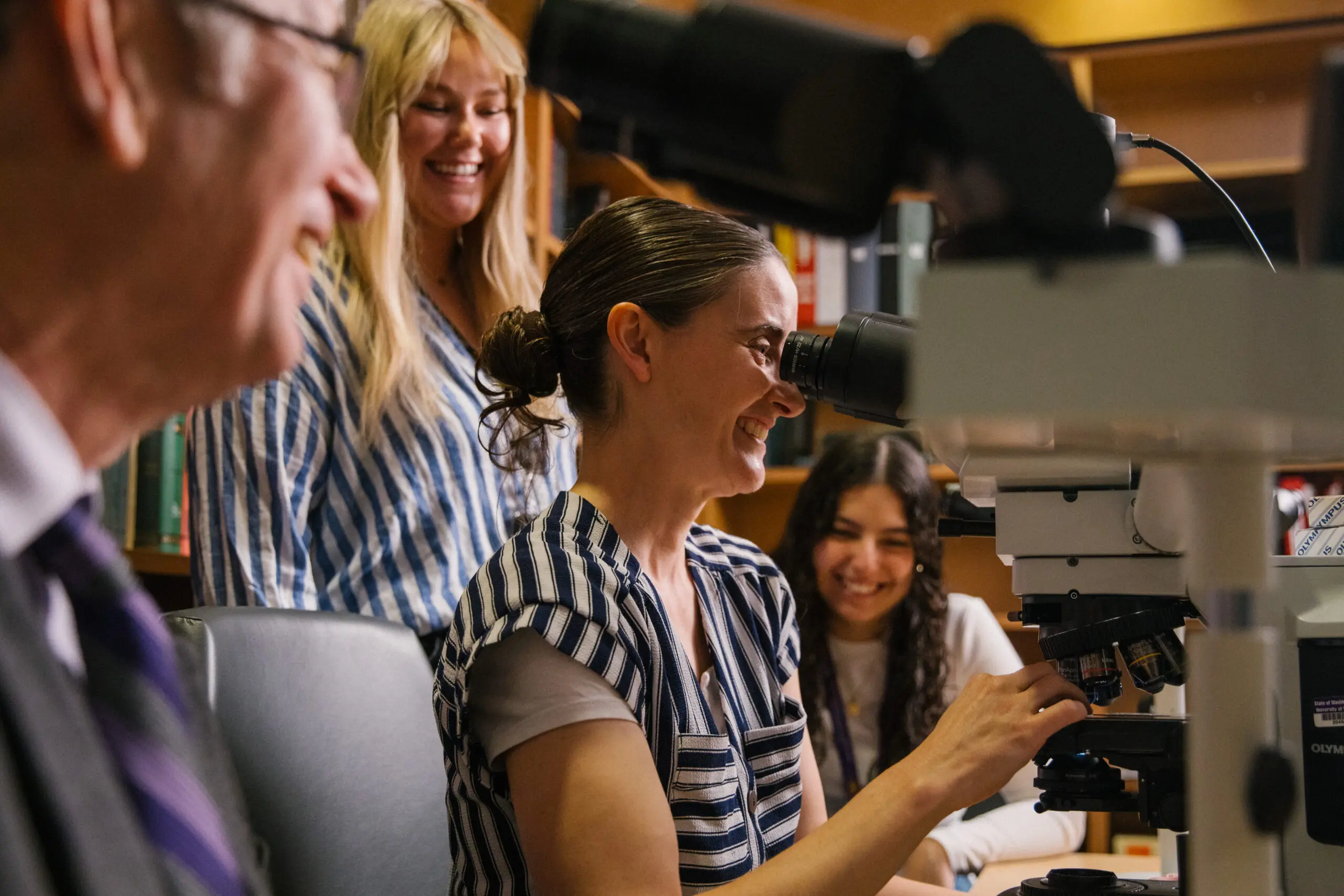Joel Wheat was diagnosed with type 1 diabetes before he was 10. Wheat is now 30 and a father. And a few years ago, he started to feel like he was drowning.
The first diagnosis: his aunt. I remember that day like it was yesterday. My aunt was watching me and my cousin, and it was extremely hot. I was drinking a tremendous amount of Kool-Aid — drinking and going to the bathroom, drinking and going to the bathroom. My aunt told my dad, and my dad took me straight to the ER.
What it was like. I had great care at Seattle Children’s, but it got too expensive to travel to Seattle every three months, so we found a doctor closer by in Olympia. Then I got a bit older. I still took insulin, but from my late teens to early twenties, I wasn’t seeing a doctor.
Then there was the day… I started visiting this clinic, and when they didn’t know what to do, they pulled a diabetes book out of a bag they kept around. My girlfriend (now my wife) could see this wasn’t working, so she did some research and found UW Medicine. When we met Dr. Trikudanathan and her team for the first time, they broke everything down for us. It was a relief.
The turning point. I started having these low-sugar blackouts. It felt like I was drowning, and I’d fall asleep for an hour — sometimes while I was taking care of my daughter. When I woke up, I couldn’t remember the last two hours. Dr. Trikudanathan thought I should get a continuous glucose monitor because it would warn me if my blood sugar was falling. At first, my insurance company wouldn’t pay for it.
The intervention. My wife crunched the numbers, and Dr. Trikudanathan compiled all my stats and hospital records, and we put in a special appeal to my insurance company. When they called to tell me they’d approved the monitor, I was so happy that I forgot to tell them where to mail it!


